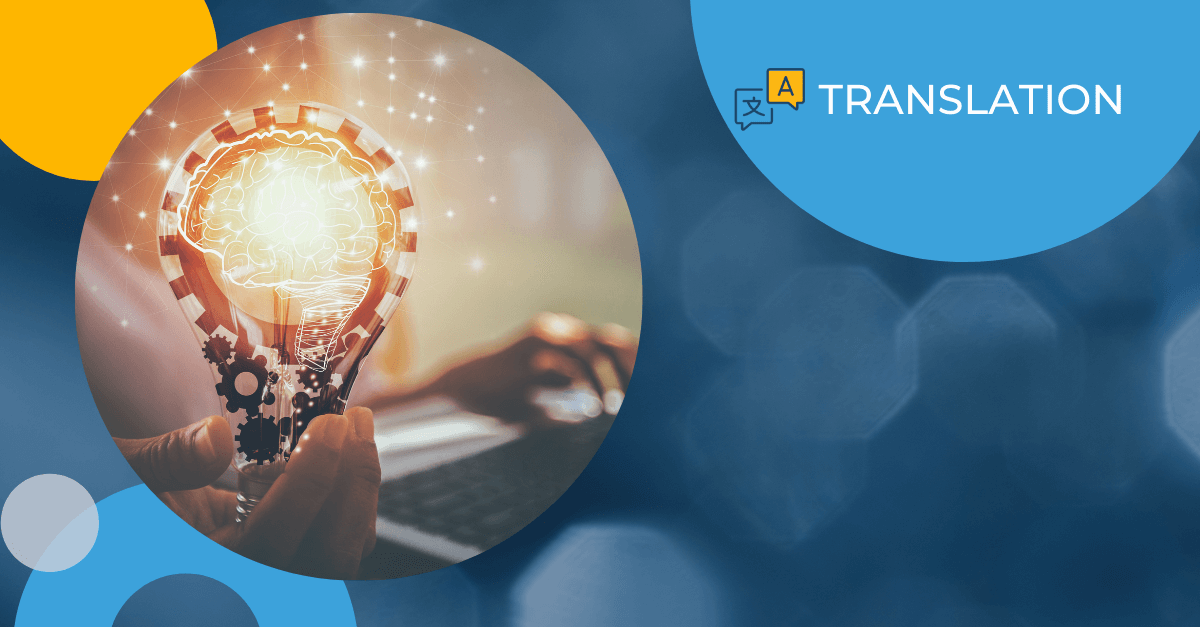The English language can be tough to grasp fully, with all of its inconsistencies and idiosyncrasies. As a result, understanding and then translating English content to your target language can be challenging, especially when translating marketing materials where content tends to be more abstract. Translating marketing materials is a critical activity for companies looking to expand their brand abroad. For marketing translations to be the most accurate, translators must be native speakers of the target language and have high proficiency in the English language to translate content correctly, otherwise, the results may be inaccurate or difficult to understand. To get the best possible translations, here are three things you must consider:
1. Author the best possible English content
Your marketing translations will only be as good as your source document. So first, you must prepare the best possible version of your content in English (or any other source language for that matter) before you can produce proper translations. The translations will be much better if you create clear and concise English content. Technical translations, for example, are much more straightforward. You can write and prepare content for the translation in many ways – from following writing standards to showing concepts visually to having multiple reviewers.
However, with marketing content, such as your website copy, brochures or eBooks, it’s not so cut and dry. You should vary the content to be more conversational and tell a story. And the best way to write marketing content for translation is to tell those stories using simple English, with minimal idioms, slang and specific local references, and consistent terminology. When you have a writing process for both technical and marketing content that takes translation into account, you can improve the quality of translations while reducing costs and decreasing time to market.
2. Localize Content
Localizing content involves relaying the message and intent from the source language into the target language. Consumers expect an immersive experience and polished local-language versions of marketing materials, especially your website. This type of content is not always understandable in foreign languages if it’s just translated directly. A translator must understand the intent of the source language to convey that message to the target audience. This can be an enormously complex and time-consuming process, depending on the scale of the project. Culture, in and of itself, can be hard to define and, more often than not, colloquialisms in one particular culture do not lend themselves to the same meaning in another. Simply translating the words can sometimes cause more confusion than clarity in the final translation.
3. Use Native-Speaking Translators Who Thoroughly Know English
Having suitable translators for each project is critical for producing high-quality translations. Translators should be located in the target country where the language is spoken daily. Native speakers who live in a country where the language is not spoken usually lose the language as time goes on. When they translate something, their vocabulary and styles may not keep up with the country’s language.
Translators should know English just as well as the target language to provide the best possible translations. As we discussed, the English language is full of idioms and non-literal words, so translators must understand what the English content means to provide the equivalent translation. The best translators have lived in the United States (or other source English-speaking countries) for a few years and have become proficient in English. When they return to their homeland, they have English knowledge while gaining their native language skills.
Conclusion
Although mistranslations can be funny to read in the media – and many even become trending memes – it’s not funny if it’s your business on the line. Your most important documents need to hold up against high levels of scrutiny in any language. It isn’t enough to use free machine translations from the web or receive a rough translation from a freelancer. When it comes to your business, you will need well-executed, high-level document translation to ensure your materials are as effective in your target language as they are in your source language.
By working with a language services provider, such as Morningside, you arm yourself and your business with uniquely qualified translators and reviewers. Our services include but are not limited to helping you plan, translate, localize, and review your marketing content to help you expand your business globally. If you would like to learn more about translating and localizing your marketing materials and how translation can strengthen your company’s communication, you can contact us here. We provide translations in over 200 languages, and we employ in-country translators all over the globe.



